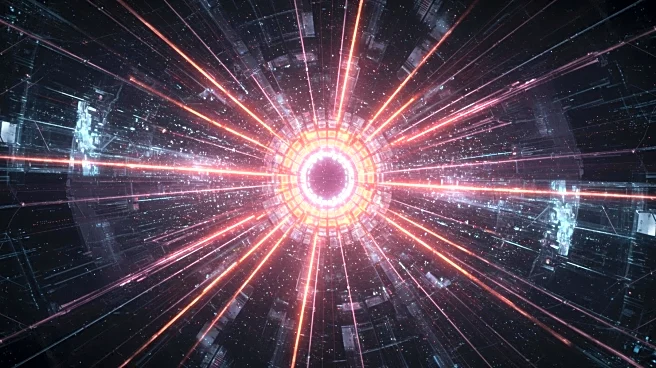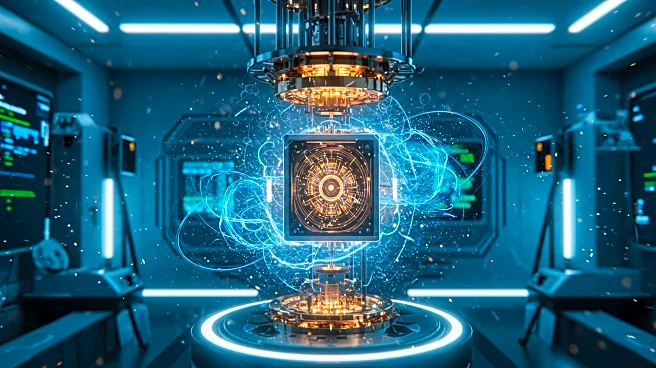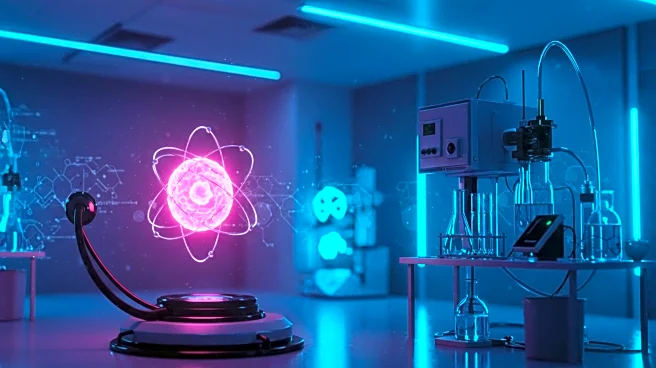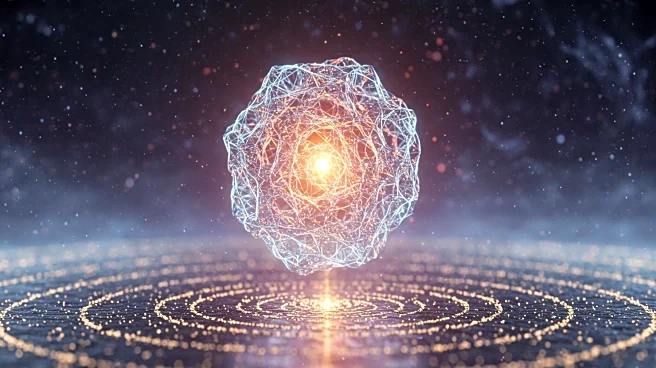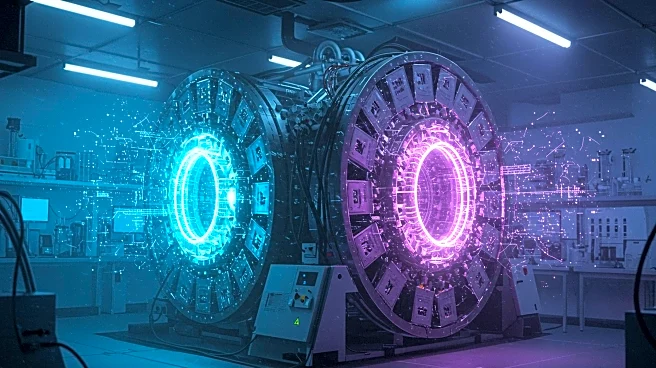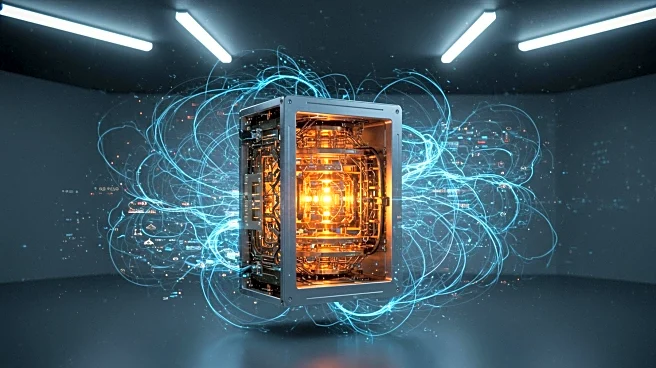What's Happening?
The LHCb collaboration at CERN has reported the observation of an ultra-rare baryon decay, where a sigma-plus baryon decays into a proton and two muons with opposite charges. This discovery, published in Physical Review Letters, is significant as it could contribute to the understanding of new physics beyond the Standard Model. The experiment involved analyzing data from proton-proton collisions at the Large Hadron Collider, where trillions of sigma baryons were produced. The decay process observed is the rarest of all baryon decays studied to date, showcasing the sensitivity of the LHCb detector.
Why It's Important?
This observation is a major milestone in particle physics, potentially leading to discoveries that challenge the current understanding of the Standard Model. Rare decay processes have historically been pivotal in discovering new particles and interactions. The findings could pave the way for further research into the differences between matter and antimatter, known as Charge-Parity symmetry violation. Such studies are crucial for understanding the universe's matter-antimatter imbalance. The LHCb collaboration's work exemplifies the ongoing quest to explore the fundamental forces and particles that constitute the universe.
What's Next?
The LHCb collaboration plans to use data from 2023 onwards to measure thousands of these decays, probing their probability and other characteristics. Future studies will focus on Charge-Parity symmetry violation by comparing sigma decays with their antimatter counterparts. These efforts aim to provide insights into the matter-antimatter imbalance in the universe, potentially leading to groundbreaking discoveries in particle physics.
